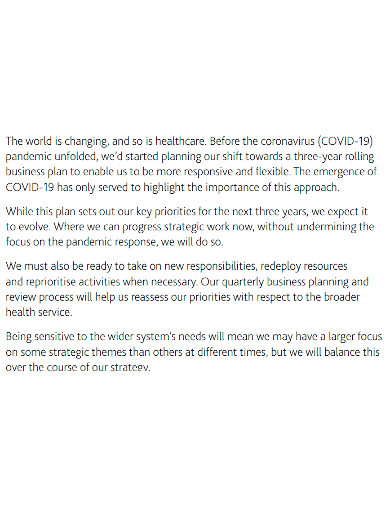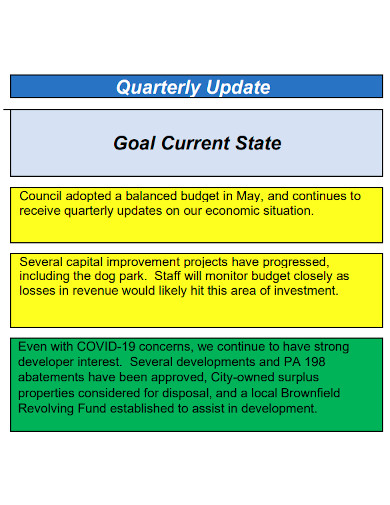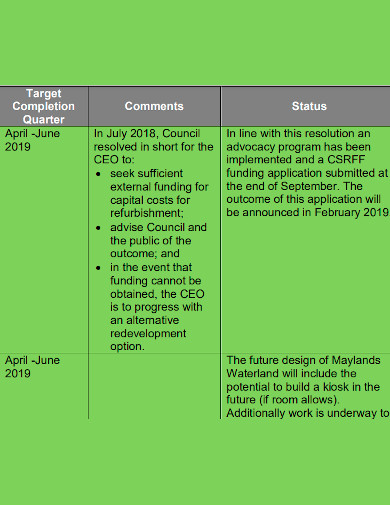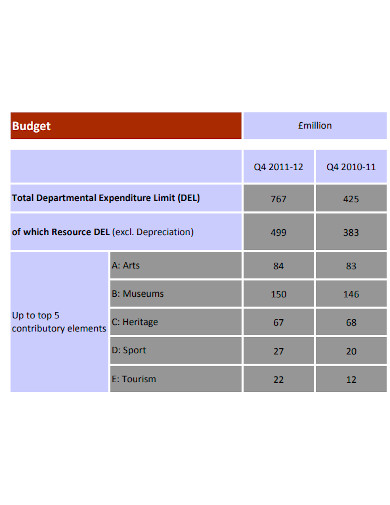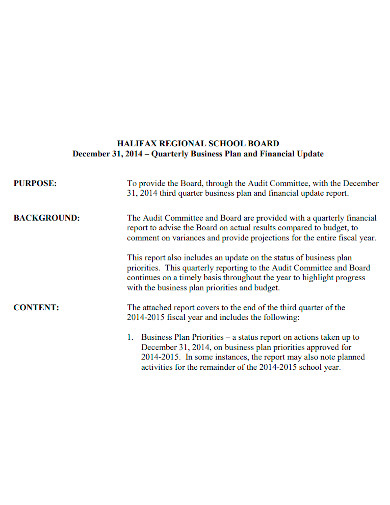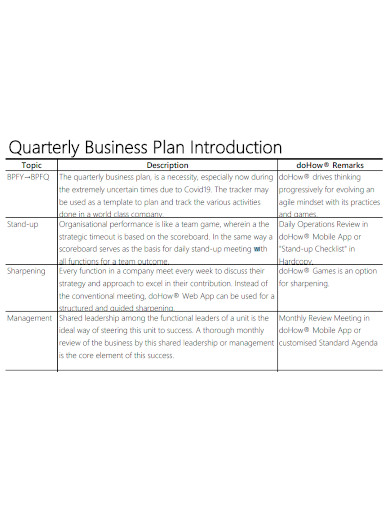Businesses are not simple entities to manage, even much less simple to start and maintain one. It’s quite a chore to keep track of everything else and making sure that every component of your business is covered. This is why creating a proper layout for a comprehensive plan is very important for businesses of all shapes and sizes, startup or not. A layout helps with keeping everybody affiliated with the business, especially managers and supervisors, on track for everything else that may be encountered during the overall duration of their business. Planning out their scopes ahead of time is good practice to prevent wasting valuable resources on business ventures that might ultimately fail. A good and comprehensive plan just brings a concept together really well and makes every business operation smooth as butter. And this is where business plans come into the picture.
A business plan is a largely important document that any business, from startup businesses to already well established ones, need to have a guideline or a roadmap that a business will follow in order to achieve its goals. Operating a without a business plan is usually not a good idea. In fact, those that do operate without one, don’t really last that long.
There are a lot of benefits in creating and sticking to a well written business plan, including, but not limited to, being able to come up with ideas without investing too much resources in it. Most business plans cover large periods of time like a year, or in this case, quarter of a year. The scope is much wider in order to be able to cover a lot of progress and plan out the next steps in a fixed timeframe. To properly get to know what a business plan is and how it works, check out these quarterly business plan samples that we have listed right below. After getting the gist of the document, you can then use these samples as guides or even as templates for the development of your own plan.
7+ Quarterly Business Plan Samples
1. Quarterly Business Plan Sample
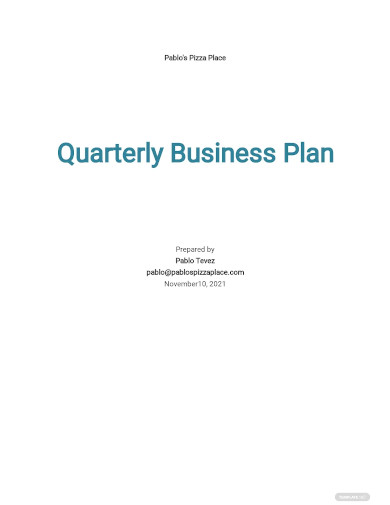
2. Quarterly Business Plan Format
3. Standard Quarterly Business Plan
4. Quarterly Business Plan Progress Updates
5. Quarterly Business Plan Status Report
6. Printable Quarterly Business Plan Data
7. Professional Quarterly Business Plan
8. Formal Quarterly Business Plan
What Is a Quarterly Business Plan?
A business plan is a written document that describes how a business would define its objectives and what steps it would take to achieve its goals. A business plan lays out a sort of roadmap for the whole company from different standpoints of different departments. Marketing, financial, and operational. Business plans are largely important documents that is usually used to attract an investment even before the company has established an impressive track record. Although they are more useful for new businesses and companies, every company should be able to establish a well written business plan.
This enables them to review and periodically update to see if the established goals have been met and how the circumstances that they have been working with has changed. A good business plan should be able to outline all the projected and estimated costs of a project and the pitfalls of each decision an company makes. Even among competitors in the same industry, it is very rare for business plans to be identical because most, if not all of the time, companies tend to have their own way of dealing and approaching their own business venture. But they tend to all have the same elements.
Elements of a Quarterly Business Plan
The length of a business plan varies greatly depending on the nature and scope of a certain business and the coverage of their plan. Usually all of the information should fit into a 15 to 20 page document. Although no two business plans are alike, they do work with almost all of the same elements. Below are some of the more common elements of a business plan and they will be discussed in more detail.
- Executive summary
This section should outline the company and its all the information related to the company’s mission-vision values, company leadership, employees, operations, and location. Essentially the executive summary should talk about what the company is, it’s nature of business, and all other necessary but basic information. - Products and services
This section is where the company should outline the products and services that they offer. It includes pricing, product lifespan, and the customer benefits. Other factors that can be included in this section are manufacturing and production processes, patents, and proprietary technology. - Market analysis
A company needs to have a good idea of its target audience and their demographic. It will outline who or what the competition is and will give you a better idea on how to stay on top of them. It will also describe the expected consumer demand for the product of the business and how difficult or easy it would be to take advantage of the market. - Marketing strategy
This section should describe how the company will attract the customer base and how it intends to keep it. It should also talk about how it intends to reach the consumers by outlining a clear distribution channel. Including advertising campaign, marketing campaigns, and through what mediums will those campaigns be disseminated. - Financial planning
The company should include its financial planning to attract the audience of the business plan. Financial statements, balance sheets, and other financial information may be included for businesses that have already been established. Startup businesses will have to opt for presenting target demographics and the projected income and cash flows. - Budget
Every company needs to have a budget in place. This includes costs, staffing, manufacturing, development, marketing, and all the other expenses related to your business.
FAQs
Who reads a business plan?
For individuals who work in and around the company, they are given an outline or the summary of the business plan. For outsiders however, like investors, lenders, suppliers and other executives, they will be presented with the entirety of the business plan.
What are the five elements of a business plan?
- Situation Analysis
- The Market
- Positioning Your Product or Service
- Setting Objectives
- Strategy
What is a target market?
A target market refers to a group of customers or a small population of certain demographic that has a similar need for a product or service and has the money to purchase said product or service.
One last thing to remember is that a business plan is not supposed to be a static document. It should be ‘live’ meaning that it should remain susceptible to change overtime. Adapting to the changes to the circumstances that a business is working with and updating when adjustments need to be done. Think of it as a living entity, or document, that grows and evolves along together with your business.
Related Posts
FREE 9+ 30-Day Marketing Plan Samples in PDF | MS Word | Apple Pages | Google Docs
FREE 3+ Sales Team Action Plan Samples in PDF | MS Word | Apple Pages | Google Docs
Marketing Plan For Small Business Samples
FREE 7+ Fashion Business Plan Samples in PDF
FREE 10+ Sprint Planning Samples In MS Word | Google Docs | PDF
FREE 10+ Wedding Planning Samples in MS Word | Apple Pages | Powerpoint | PDF
FREE 9+ Monthly Study Planner Samples in PSD | Illustrator | InDesign | PDF
FREE 9+ Sample Curriculum Planning Templates in PDF | MS Word
FREE 10+ Teacher Development Plan Samples in MS Word | Google Docs | Apple Pages | PDF
FREE 10+ Basketball Practice Plan Samples in PDF
FREE 12+ School Business Plan Samples in PDF | MS Word | Apple Pages | Google Docs
FREE 7+ Client Strategic Plan Samples in PDF | MS Word
FREE 11+ Trucking Business Plan Templates in PDF | MS Word | Google Docs | Pages
FREE 7+ Small Hotel Business Plan Samples PDF | MS Word | Apple Pages | Google Docs
FREE 14+ Bakery Business Plans in MS Word | PDF | Google Docs | Pages

